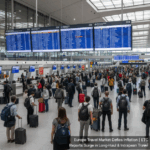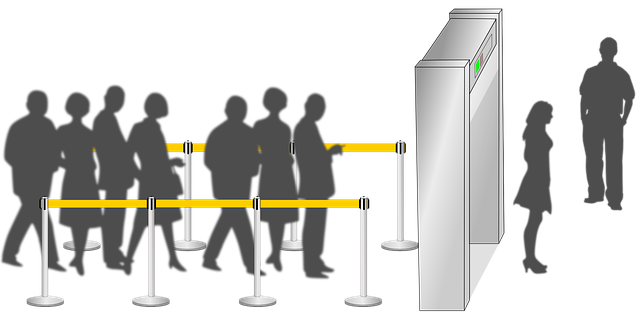AAA estimates that 122.7 million Americans (33.8% of the population) will travel over the Christmas and New Year’s holidays. This is a 3.3% increase from 2021 and is approaching pre-pandemic levels. 2022 is anticipated to be the third-busiest year for holiday travel since 2000, after just 2019 and 2018.
While around 90% of holiday visitors will drive to their destinations, air travel is increasing by 14% this year compared to 2021. The Christmas travel season is described as beginning on Friday, December 23, and ending on Monday, January 2.
“With Christmas Day and New Year’s Day falling on Sundays, many are taking long weekends to celebrate the holidays. And with hybrid work schedules, we’re seeing more flexibility with the days people are traveling because they can work remotely at their destinations,” says Doreen Loofburrow, senior vice president of travel for AAA Oregon/Idaho.
“Despite roller-coaster gas prices and a bumpy year for flights, people are ready to wrap up the year with a holiday trip. This will be one of the busiest times for holiday travel in the last two decades. Travelers should expect busy roads and crowded airports this holiday season,” says Marie Dodds, public affairs director for AAA Oregon/Idaho.
The busiest travel days are December 23, 27, and 28, and January 2. Commuters and travelers will cause the largest delays in the afternoons and evenings, particularly in metropolitan regions. Despite rising ticket costs, air travel grows. For major U.S. destinations, the average lowest price for the week of Christmas is $163, a 6% increase over the same period last year. Those looking to book last-minute travel may find affordable prices, but there will be limited availability.













More Stories
Four Seasons Rio de Janeiro at Leblon $600M Revamp of Iconic Marina Palace to Supercharge Brazil Tourism by 2029
Vertical Aerospace Unveils Valo eVTOL Airlines & Luxury Resorts Eye Electric Air Taxis as Future Travel
IndiGo Chaos: 500+ Cancellations, Fares Skyrocket to ₹70,000 Amid Crew Shortage & Tech Glitches